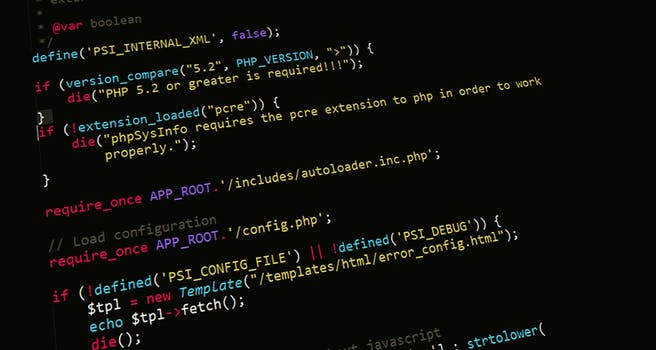TheDeveloperBlog.com
C-Sharp | Java | Python | Swift | GO | WPF | Ruby | Scala | F# | JavaScript | SQL | PHP | Angular | HTML
Scala Set Examples: contains, intersect
Create a Set to store unique elements in a collection. Use contains and intersect.Immutable: The set is immutable. To modify a set in Scala we can only create a new set, such as with a special operator.
Contains: This method returns true or false. It tells us whether the argument exists within the set.
Scala program that uses set, contains
// Create a Set of two strings.
val animals = Set("bird", "fish")
println(animals)
// See if this string is in the set.
if (animals.contains("fish"))
println(true)
// This string is not contained in the set.
println(animals.contains("apple"))
Output
Set(bird, fish)
true
false
Here: We use the "++" operator to combine two sets. Both sets have 15 as an element, and the resulting set has one instance of this value.
Scala program that combines two sets
// Create two sets.
val results1 = Set(10, 11, 15)
val results2 = Set(2, 3, 15)
// Combine the sets.
// ... This eliminates duplicate elements.
// Ordering of elements is not retained.
val results3 = results1 ++ results2
// Display all sets.
println(results1)
println(results2)
println(results3)
Output
Set(10, 11, 15)
Set(2, 3, 15)
Set(10, 2, 3, 11, 15)
Logic: Set theory is an important part of mathematics. But for programs, it usually just makes some operations easier.
Scala program that finds intersection
val codes1 = Set(20, 21, 30)
val codes2 = Set(40, 20, 30)
// Use intersect to find common elements of two sets.
val result1 = codes1.intersect(codes2)
println(result1)
// Short syntax for intersection.
val result2 = codes1 & codes2
println(result2)
Output
Set(20, 30)
Set(20, 30)
Quote: Set theory is the branch of mathematical logic that studies sets, which informally are collections of objects.
Set theory: WikipediaRelated Links:
- Scala Convert: String to Int, List and Array
- Scala Odd and Even Numbers
- Scala Regex, R Examples: findFirstMatchIn
- Scala Interview Questions (2021)
- Scala Class Examples: Trait Keyword
- Scala indexOf: Lists and Strings
- Scala Int Examples: Max and Min
- Scala 2D List, Array Examples: Array.ofDim
- Scala Def: return Unit and Lambdas
- Scala Initialize List: List.newBuilder, List.empty
- Scala Option: None, get and getOrElse
- Scala Exception Handling: Try, Catch and Throw
- Scala Map Examples
- Scala String Examples: StringLike
- Scala Match and Case Examples
- Scala Remove Duplicates From List: Distinct Example
- Scala If, Else Example (Match Case If)
- Scala Console: println, printf and readLine
- Scala Strip Strings: stripLineEnd and stripMargin
- Scala Vector Examples
- Scala Var and Val (Variables and Constants)
- Learn Scala Tutorial
- Scala Keywords
- Scala format and formatted Strings
- Scala List Examples
- Scala StringBuilder Examples
- Scala Set Examples: contains, intersect
- Scala Tuple Examples (Return Multiple Values)
- Scala For to, until, while Loop Examples
- Scala Slice: Substring, List Slice
- Scala Sorted List Examples: Ordering.Int
- Scala Split String Examples
- Scala Array Examples: Apply and Update
- Scala Range Examples: Start, End and Step